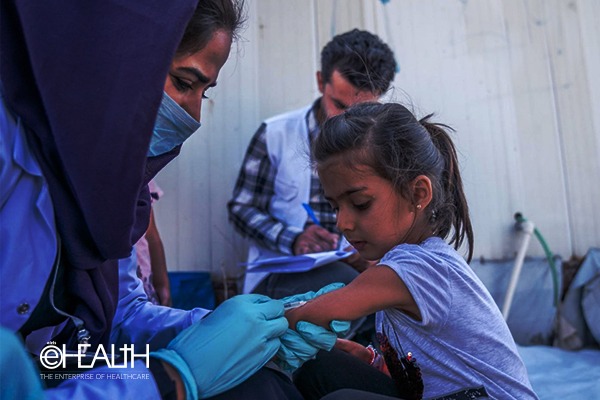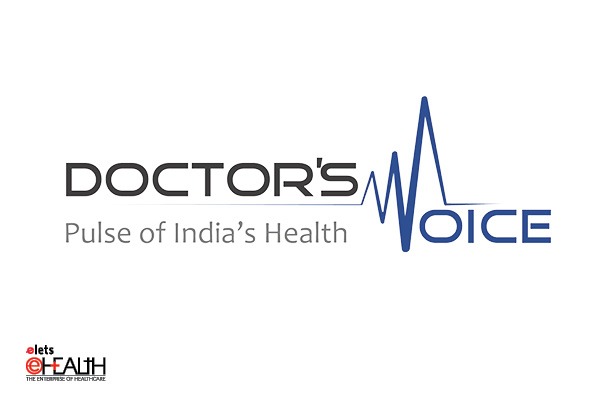Rheumatoid arthritis (RA) is a systemic disease or an autoimmune disorder in which the body’s defense system attacks the joints through thin layer of cells called the synovium that lines and lubricates the joints. The most visible symptoms of RA are swollen joints and crippling stiffness, particularly of the hands and feet. It can cause fatigue, fever, loss of appetite and also impedes mobility and quality of life.
RA is a common autoimmune disease that affects about 20.0 million individuals worldwide. It is one of the prent forms of arthritis afflicting about 0.5 to 1.0 percent of adults between the ages of 25 and 50 in Malaysia Asia Pacific League Against Rheumatism (APLAR). About three times as many women as men have thedisease, and approximately half of the patients suffer from work-related disability, which can result in total cessation of employment, approximately ten years down the line from onset. Frost & Sullivan, Research Analyst Susha Rajan says, “The diagnosis of RA is based on clinical examination of symptoms, patient history, as well as some blood tests. RA cannot be confirmed or excluded by any one test. The most common test isrheumatoid factor (RF). The other supporting tests are: anti-cyclic citrullinated peptide (Anti-CCP), erythrocyte sedimentation rate (ESR), and X-ray.” “Recent work productivity studies have confirmed that better disease awareness and availability of treatment options have resulted in fewer patients ceasing to work and more patients reporting lower impact of their disease on work as well as family and social activities” she further elaborates. Methotrexate (MTX), a DMARD (disease-modifying anti-rheumatic drugs) has been traditionally used to treat RA. It is also the most used form of treatment in rheumatoid arthritis, especially with generic forms available. Currently, combinationtherapies between DMARDs and NSAIDs (non-steroidal anti-inflammatory drugs) are commonly practiced. DMARDs capture the majority of the RA therapeutics market owing to the availability of reimbursement for treatment with these drugs and their easy availability over the counter. DMARDs are expected to retain majority share in the forecast period as well.According to Rajan, “Biologics are used in combination with DMARDs for moderate to severe RA patients. Some biologic drugs are currently reimbursed, if treated in government hospitals. Physicians opine that with more drugs brought into thehospital formularies, the usage of biologics would increase for treatment earlier in the disease.” Though there are new drugs available for treating RA, specialists in Malaysia are likely to continue using DMARDs as their first line therapy, as they have the most experience with this drug class, and it is seen as the most cost effective treatment option. Even though biologics are highly effective and recommended for treatment,they are likely to be the third line of treatment, due to their high cost. Physicians are willing to use biologics if they are listed in the hospital formulary and if they are affordable to their patients (current price range is seen to be out of reach of most patients). Physicians are of the opinion that more studies are required to make them feel confident in using biologics, but the cost of treatment is likely to restrain the high use of the drug class.
Be a part of Elets Collaborative Initiatives. Join Us for Upcoming Events and explore business opportunities. Like us on Facebook , connect with us on LinkedIn and follow us on Twitter , Instagram.












